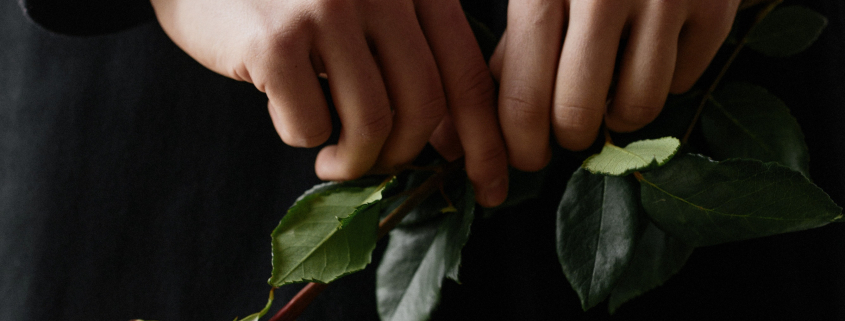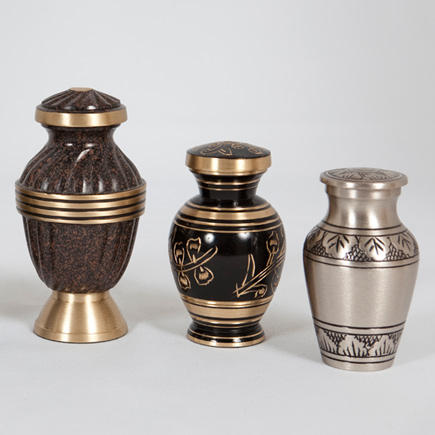What is Direct Cremation
If you’re considering final disposition options for your deceased loved one, direct cremation is one of the more popular and pocket-friendly services you can count on. A direct cremation is when the body gets cremated shortly after the death without a memorial service, embalming, and visitation or viewing.
This type of cremation service is the most simple and affordable final disposition option. Direct cremation is the answer if you have financial constraints and need a cheap option since you have a strict budget to adhere to. Learn more about the intricacies of a direct cremation in this article.
Why Should You Use Direct Cremation?
You may be wondering if direct cremation is suitable for your family. What makes direct cremation a good option is its affordability, convenience, and simplicity. The popularity of cremation in North America is at its highest rate now. The rates in cremation have surpassed the burial rates this 2020, with an impressive value of 56%.
Moreover, by 2025, the Cremation Association of North America (CANA) forecasts the cremation rate in Canada to be 81.8%, while the project rate for the US is 64.1%. Meanwhile, The NFDA or National Funeral Directors Association expects the rates to be 87% by 2040. To illustrate, in the United States today, there are more than 2,100 crematories to serve people who would like to have the deceased’s body turned into cremation ashes for placement into urns or cremation niches.
Compared to yesteryears, many modern people are now more drawn to cremation over traditional burial due to its affordability and simplicity. In comparison to burial, cremation is cheaper since you can opt not to have the body embalmed, and you don’t have to purchase the burial plot. Today, the median cost of burial is around $9,500 while direct cremation is around $1,000.
The cremation rate is clearly a lot cheaper so there’s an increased demand for it. People are clamoring for a more affordable alternative to traditional burial because losing a family member is already hard and a potential financial crisis makes things tougher. Moreover, since the pandemic, cremation rates have continued to grow since direct cremation mitigates the spread of diseases.
What Happens Before, During, and After Direct Cremation?
Many people who seek these services are curious about what goes on with the body. After all, as a beloved family member, you want to be aware of how they treat your loved one’s remains. Here’s what you can expect from this service:
Before
There will be paperwork you need to work on. You must complete the form for cremation authorization. The next of kin (closest relative) or a legal representative must sign the form. The document will serve as permission for the cremation to happen. You must also schedule transportation to pick up or transport the deceased to the cremation facility. Before the cremation is done, the crematory staff will remove pacemakers and medical implants.
During
Once transported, the body will be secured and kept in cold storage just until the paperwork and the schedule are finalized and completed. The cremation operators have very strict protocols that they must follow to make sure that the identities are tracked throughout the whole process. To illustrate, some use metal tags with the name of the person throughout the whole process to make sure there’s no case of mistaken identity or switching.
The cremation equipment will heat the body up to 1,400-1,600 degrees Fahrenheit. It will take up to 2 hours to reduce the body into bone fragments. Once the body transforms into ash, the crematory staff wait for it to cool down before sifting it for large fragments. If you want to know more about the minute details of the cremation process, you can learn more about it from CANA.
After
When the entire cremation is done, the remains will be processed into smaller particles and uniform sizes. The staff will then use a magnet to get other metals they may not have removed before the body entered the cremation chamber. The remains of the deceased will be placed in a container. The container is usually a thick plastic bag. It will then have an identification tag and be placed in a temporary cardboard or plastic urn.
The color of the remains will not be the same for everyone. It will vary from person to person. The average amount of remains looks like a bag of flour.
Is Direct Cremation the Best Option For My Deceased Loved One?
Many people today opt for direct cremation because it’s cheap, convenient, and seamless. People who have faced financial issues or those who just want a simple, fuss-free process consider direct cremation because there are no memorial services to plan or a wake to worry about.
However, that does not mean you will not be able to remember and celebrate the memory of your loved one because you opted for the simplest cremation option. There are many other ways you can celebrate and remember your loved one. Some of these ways are to:
- Scatter the remains (ashes) in a place the deceased or your loved one treasured and loved
- Make an ashes keepsake like cremations jewelry or small decors
- Bury the ashes in a garden or a churchyard
- Plant the ashes with a flower or tree
- Release it as cremation fireworks
- Have the ashes mixed with ink to be a tattoo
Many people find that a direct cremation is a good option. Even affluent people have chosen this service, especially if they have a straightforward personality that desires a simpler disposition process. The choice is all up to you. Choose the option that best suits your beliefs and your budget.







